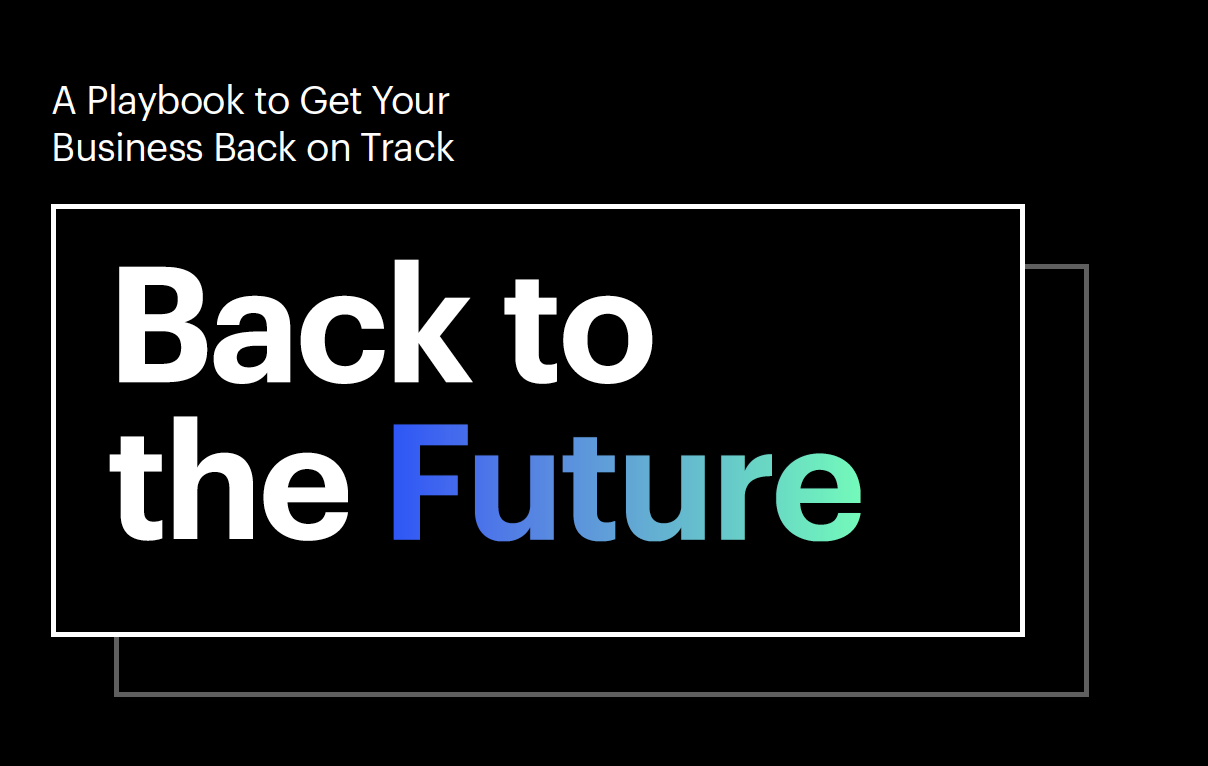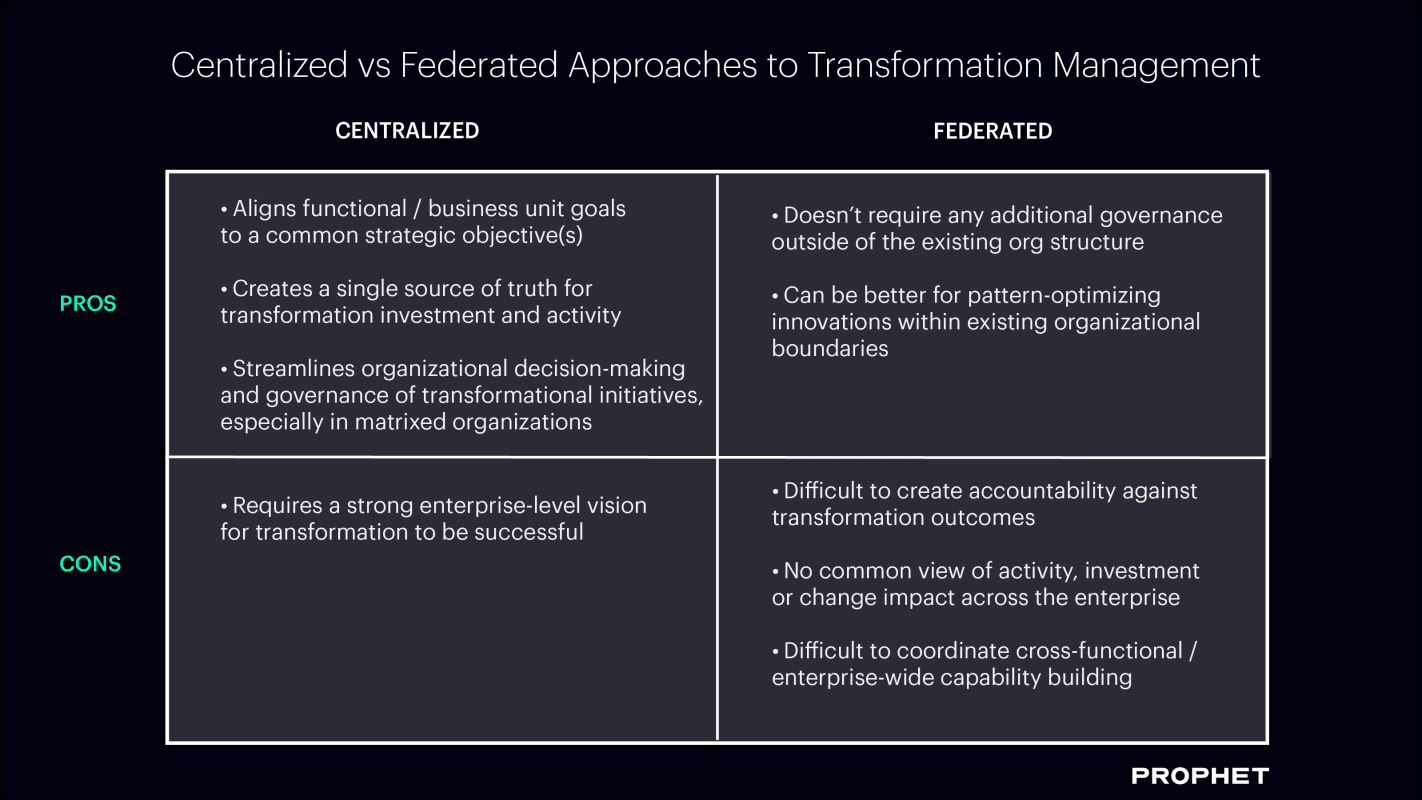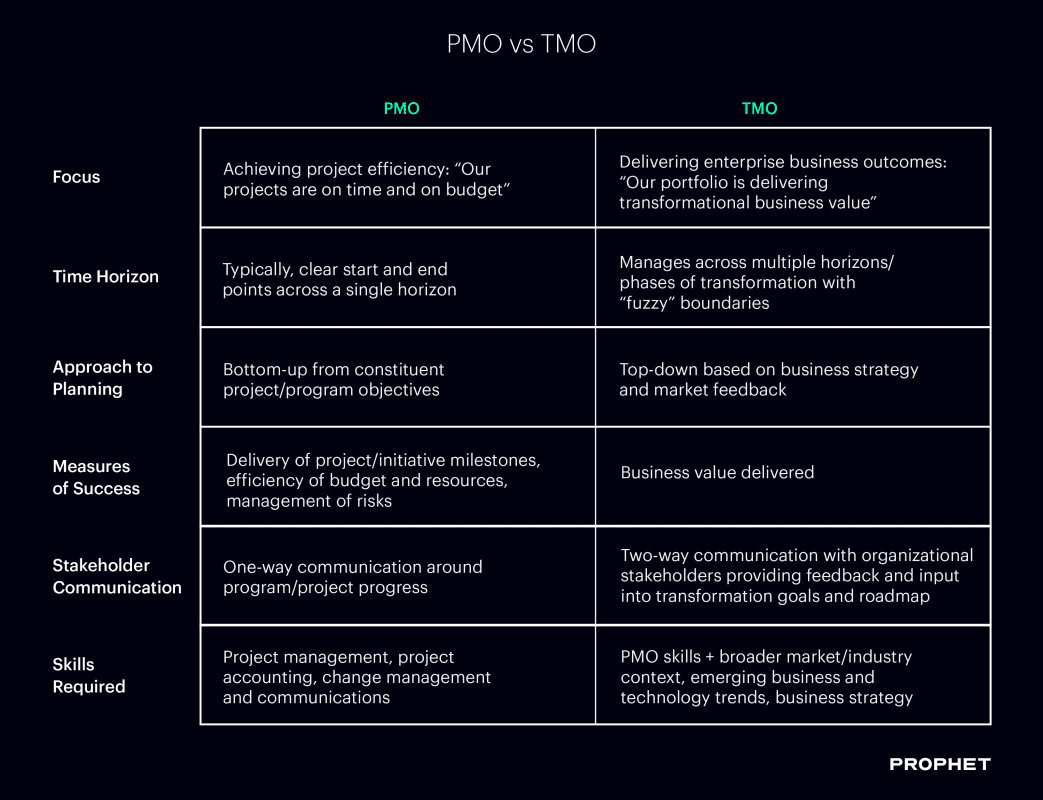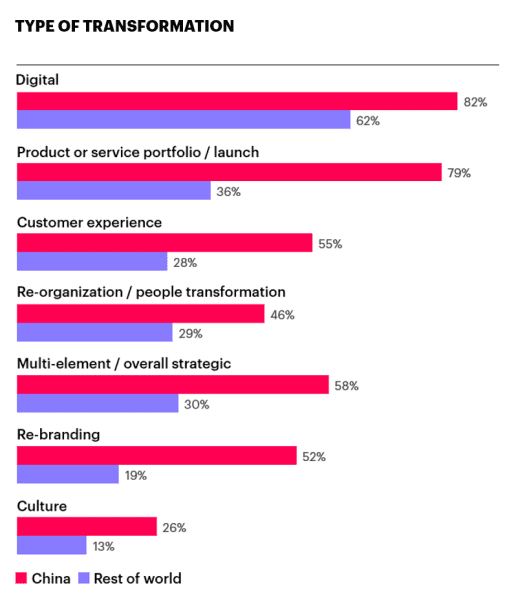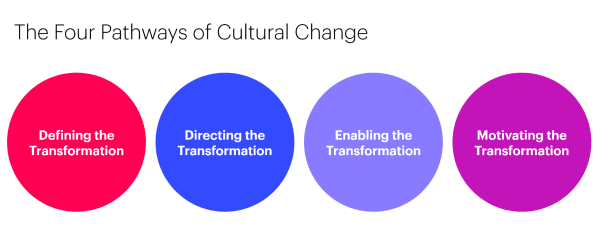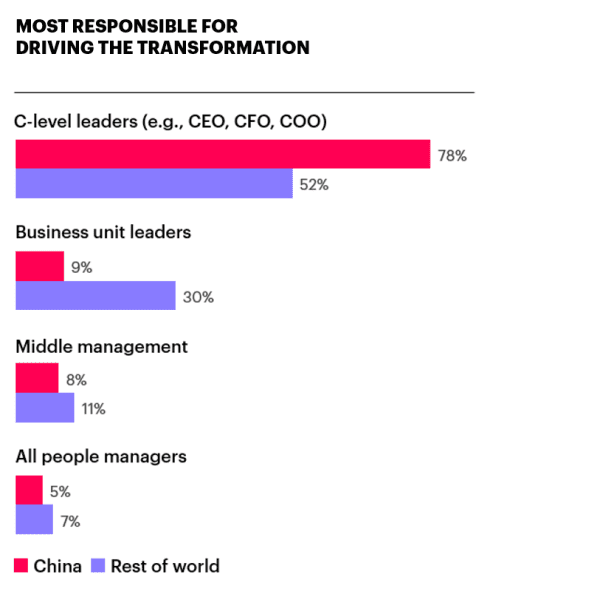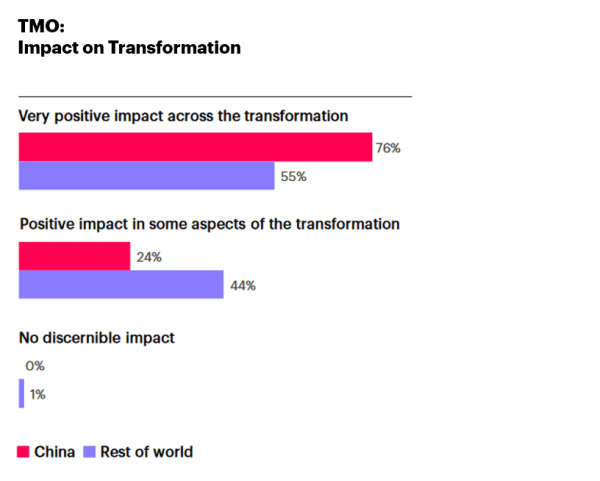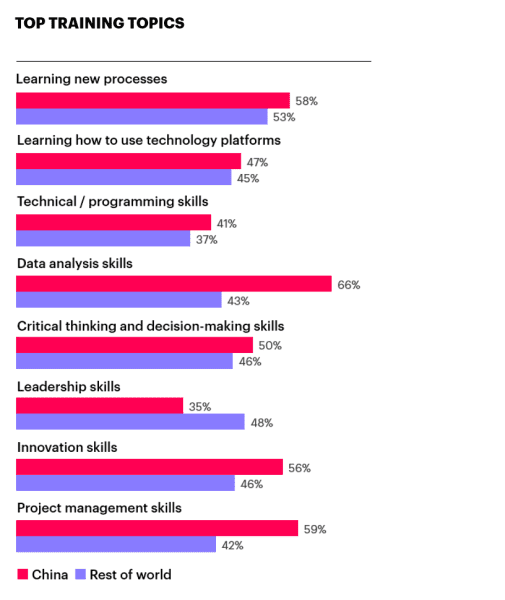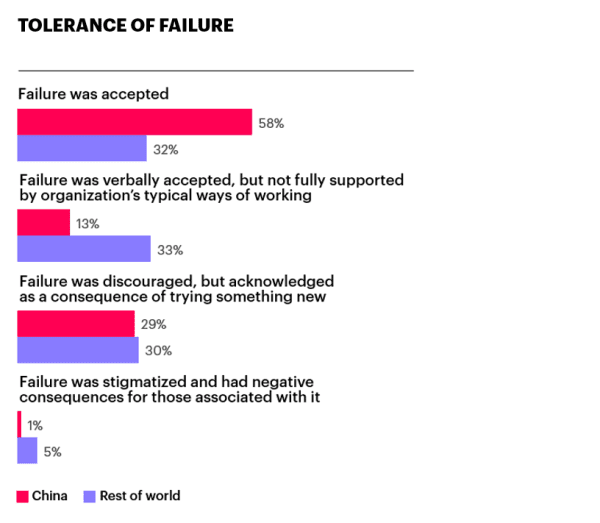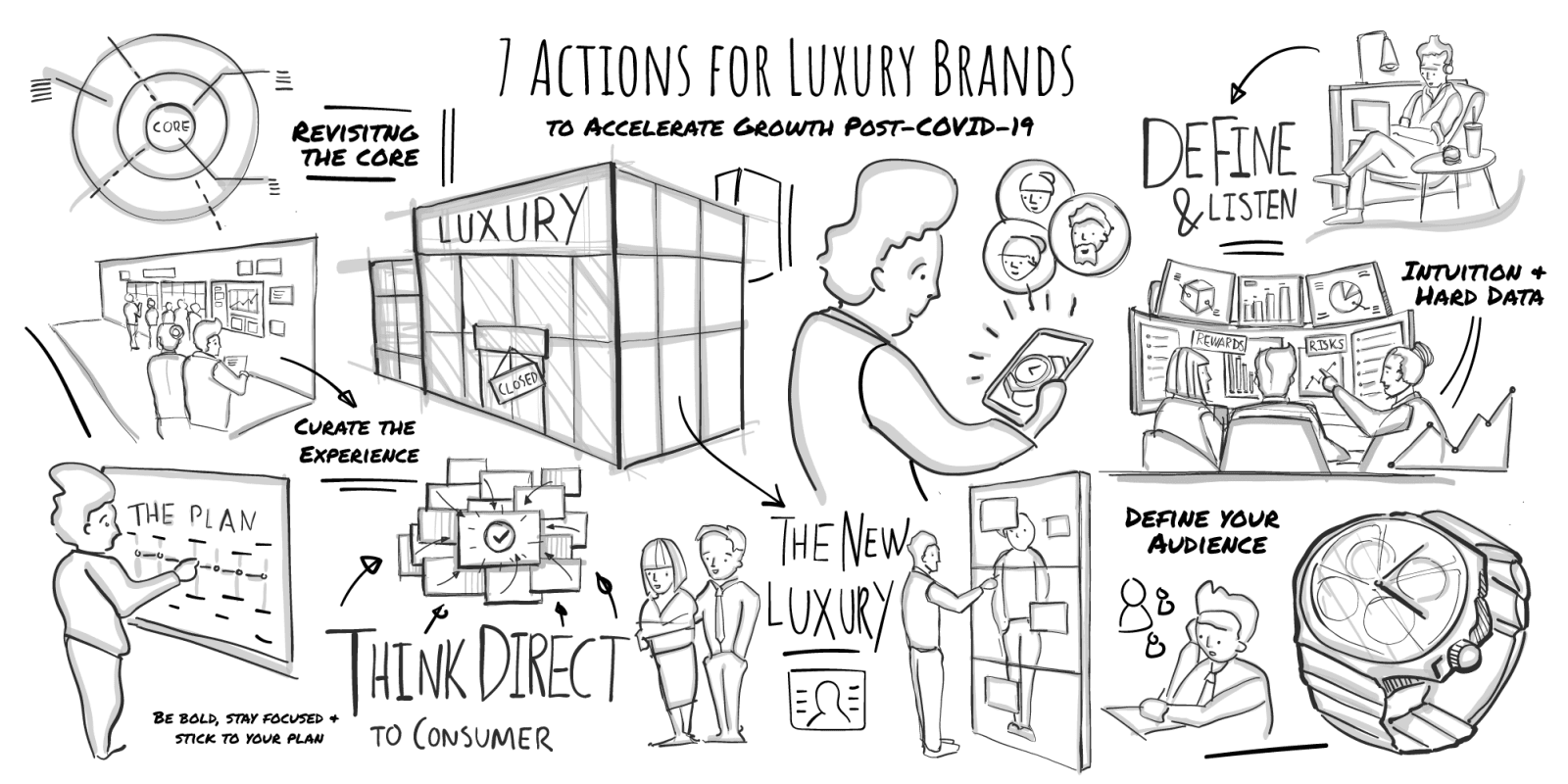This is the first article of our two-part series “Digital Transformation in Times of Turbulence” originally published on Brandberries.
“With COVID-19, the pace towards digital adoption is now urgently accelerated and will reshape not only the future landscape of business but also transform lives of many consumers in Southeast Asia.”
Without a doubt, COVID-19 has caused unprecedented disruption with profound impacts on economies, businesses and consumers, changing the way we live, work and shop. While no one can predict what the new possible will be, it is clear that economies will not emerge unscathed. Not to mention, the daily routines and lifestyles of consumers, redefined by social distancing and a new contactless economy, will change consumer behaviors—some permanently.
As consumers continue to struggle with the spread of the virus, lockdowns and new daily regimes, they are also affected by rising unemployment and deteriorating earnings. In Southeast Asia, where more households fall into lower-income segments, there is growing anxiety that undermines consumer sentiment. Many are planning to delay or forego bigger-ticket purchases and seek better value. We also saw a shift in brand loyalty.
SEA’s underbanked & unbanked’s challenge:
One major phenomenon that has emerged from the COVID-19 pandemic is the higher demand for e-commerce and digital payments. This however poses a major challenge because of the 400 million adults in Southeast Asia, only 104 million are fully “banked” and enjoy full access to financial services. Another 98 million are “Underbanked”, while 198 million remain “Unbanked” and do not own a bank account. Nearly 70 percent of all businesses in Southeast Asia are driven by small and medium enterprises with millions of mom and pop shops scattered everywhere within cities and rural areas. These segments of the market are most adversely affected by the digital challenges of the contactless economy.
Despite years of rapid urbanization and industrialization with a huge growing young and tech-savvy population, the state of digital transformation in most of Southeast Asia has been rather slow. The pandemic has compelled companies to embrace the idea of telecommuting, pushing brands and retailers to go digital. Yet the massive change brought about by the pandemic also makes consumers re-evaluate their life priorities, giving rise to new values and spending criteria. Many of the behavior shifts, including a focus on family or community, health and digital solutions, are expected to last a long time, even in the aftermath of the crisis –particularly if the crisis itself endures.
For retailers, the starting point matters in a crisis. Organizations that can quickly reimagine their omnichannel approach to create a distinctive customer experience will recover faster from the pandemic. Analysis of the financial crisis of 2008 shows that customer experience leaders rebounded more rapidly, saw a shallower downturn, and ultimately achieved three times the total shareholder returns compared with the market average.
Emerging “New Normal” in Southeast Asia
Although the pandemic’s impact varies across Southeast Asia, we see Four Emerging Trends as consumer behaviors are settling into a new normal:
- New Meaning of Value and Loyalty
- Flight to Digital and a New O2O
- Wealth and Health Redefined
- Hometainment and the New Experiential Consumer
1. New Meaning of Value and Loyalty
As consumers hunker down for a prolonged period of financial uncertainty, they intend to continue shifting their spending largely to essentials, such as grocery and household supplies— cutting back on most discretionary categories. While purchase intent is increasing on a large set of categories for more developed markets like Singapore, the region will remain weak in discretionary categories such as apparel, footwear and travel.
New Value Economy
As with the previous financial crisis, SEA consumers are thinking about price and quality, with increased price sensitivity and more careful consideration of non-essential spending as countries re-open. However, based on surveys by McKinsey and Nielsen, shoppers in SEA intend to spend more on skincare and apparel in the future than they did before the outbreak, almost akin to “revenge shopping” due to the prolonged lockdown at home.
Emerging Value Polarization
We also see a trend of more consumers in the region making a distinction between price and value. While many will shift preference toward a low-priced value proposition in order to be prudent, they still expect superiority in quality and performance. Sustainability (reusable and recyclable) will continue to grow as would hygiene demands.
Shift in Loyalty
For certain products and brands, COVID-19 caused supply chain disruptions. And when consumers couldn’t find their preferred product at their preferred retailer, they changed their shopping behavior. Many consumers have tried different brands, shopped at different retailers, or even explored new shopping methods (with many trying online for the first time) during the crisis. Value, availability and quality (or organic products) were the main drivers for consumers trying a different brand. We expect these changes will shape consumers’ habits, even beyond the effects of COVID-19. Many consumers who tried a new behavior plan have already expressed a desire to stick with it post-crisis.
2. Flight to Digital and a New O2O
The pandemic has spurned a new “contactless economy,” accelerating digital, such as the rise of online click & collect, frictionless retail, direct-to-consumer (DTC) and a new delivery partnership model. Across SEA, many categories are seeing huge growth in their online customer base. Many consumers plan to shop online even when brick-and-mortar stores re-open. Social distancing measures, which will stay in place for the foreseeable future after the market re-opens, will likely mean (in-store) shopper traffic in the new normal will be lower than pre-COVID. More people will choose to shop in the comfort of their own homes.
A New O2O is Born
In SEA where the majority of micro-businesses (mom & pop shops) operate primarily with cash and almost zero online presence, the pandemic proved to be a tough period. To help these micro-businesses, a new initiative by the Singapore government’s Infocomm Media Development Authority (IMDA) is helping stalls in wet markets go online. The initiative is currently being trialed by Tekka Market in Serangoon. Stalls in the market will use Facebook Live to sell their products and interact with their customers. The theme of the project is ‘Why jalan jalan (a colloquial term for going out) for your kailan (Chinese broccoli)?’ Customers can order products from the stalls during the Facebook Live video, confirm their details through Facebook messenger and make payment via PayNow, a local instant funds transfer service. Those who spend over S$20 will also be eligible for free island-wide delivery and produce will be delivered to them within the day. We see live “sales” streaming playing a bigger role in SEA, both engaging with consumers as well as selling products.
Legacy + Digital = Next Gen Partnership Model
Retail restrictions in place during the pandemic have fast-tracked the shift to digital distribution. Local delivery operators in SEA have adapted their services to better meet customer demand. During the Islamic holy month of Ramadan, GrabFood launched a contactless campaign that gives customers the flexibility to schedule contactless delivery in advance. Grab is also growing its partnership with traditional brick-and-mortar retailers and restaurants, with an uplift in delivery businesses such as GrabFood, GrabExpress and GrabFresh powered by HappyFresh/GrabMart. Online delivery services, contactless shopping and cashless transactions will be a major theme for the future retail landscape, with major chain stores already seeing customers opt for those services.
Rise of eWallet and Digital Payment
Digital payments are fast gaining currency in the SEA as consumers ditch cash to avoid physical contact. The COVID-19 pandemic, coupled with the implementation of cashless payments for public services, prompted non-cash transactions to grow rapidly during the first four months of 2020. In the Philippines, Mynt’s GCash and PLDT’s PayMaya expanded to contactless payments in taxis. In Thailand, AIS and Kasikornbank partner to launch VIA that helped micro-businesses vastly during the pandemic. In Vietnam, the number of transactions through mobile payments was up by almost 200 percent and the number of transactions by 22 percent respectively during the lock-down period. Tencent-backed ZaloPay, Warburg Pincus backed-Momo and Grab-backed Moca also saw huge adoption during this period. Grabpay (by Grab) and GoPay (by Gojek) who are already one of the largest adopted e-wallets by underbanked segments, further strengthened their super app businesses into delivery, health and retail during the same period.
3. Wellness & Health Redefined
Across SEA, consumers who are fearful of the virus have become more careful when deciding where to shop. They now look for retailers with visible safety measures, such as enhanced cleaning and physical barriers. In addition, they buy more from companies and brands that have healthy and hygienic packaging and demonstrate care and concern for employees.
Mental and Emotional Wellness Takes Center Stage
The notion of happiness has become a more tangible commercial prospect during the pandemic. Digital and tech-enabled self-care solutions have gained further importance in preventative health, alongside immune-boosting, de-stressing and soothing product credentials. Home as a health hub is re-emphasized; at-home gym; at-home therapy, home hygiene and healthy cooking practices now grow in precedence.
Growth of Telemedicine
Although telemedicine has been growing worldwide, it has always been less popular in SEA. During the pandemic, we saw a demand spike in the region. Patients who suspected they’ve caught COVID-19 could get a preliminary diagnosis and next-step advice. Patients with other medical needs could consult with physicians digitally when physical care facilities were unavailable. Two startups meeting medical needs in Indonesia during the pandemic: Alodokter and Halodoc (both names mimic “Hello, doctor” in a regional accent) link patients at home with physicians for online consultations. These startups have shown robust growth for two reasons. One, Indonesia has many citizens in remote rural areas, far from quality health care. And two, the nation’s government has put the firms on an official list of care sources that even big-city residents should use.
4. Hometainment and the New Experiential Consumer
Groceries and food, together with indoor exercise equipment and gaming tools, have emerged as the most popular categories for online shopping. And the uptrend in online shopping is set to continue even after countries relax restrictions, with experts predicting that e-commerce will play an even larger role in the “new normal” than ever before.
Home is the New Hangout
COVID-19 forced consumers to adjust to home life being where we work, learn, shop, exercise, socialize, entertain and more. As stores re-open, they should not try to “compete” with the home, but rather complement it to enable desired behaviors at home. This new trend led Gojek, founded in Indonesia as a ride-hailing company, to accelerate the launch of GoPlay, a streaming entertainment because of the pandemic. A key part of the GoPlay play is to offer locally customized content such as the release of Gossip Girl Indonesia, licensed from Gossip Girl Similarly, many gyms started online sessions, with strong sign-up rates, and will likely continue even after the markets reopen.
Reinventing Home Digital Experience
The expanded cohort of experiential customers creates strategic opportunities across products and services, from personalized luxury to wellness routines, gourmet experiences, that further digitize education and entertainment.
Hometainment Is Here to Stay
Even though many countries have lifted stay-at-home restrictions, most consumers still believe they will stay home more. Most consumers across countries still feel they are not ready to be back to “regular” out-of-home activities. With the surge in e-commerce, raising brand awareness and customer acquisition via a variety of platforms, from e-commerce presence to sales via their own shopping sites and subscription models. SEA consumers are unlikely to go back to their old habits of frequently dining out and will instead prefer takeaways and eating at home after the COVID-19 pandemic, according to a study by Nielsen. The study also revealed that consumer has signaled their eating habits may change permanently.



